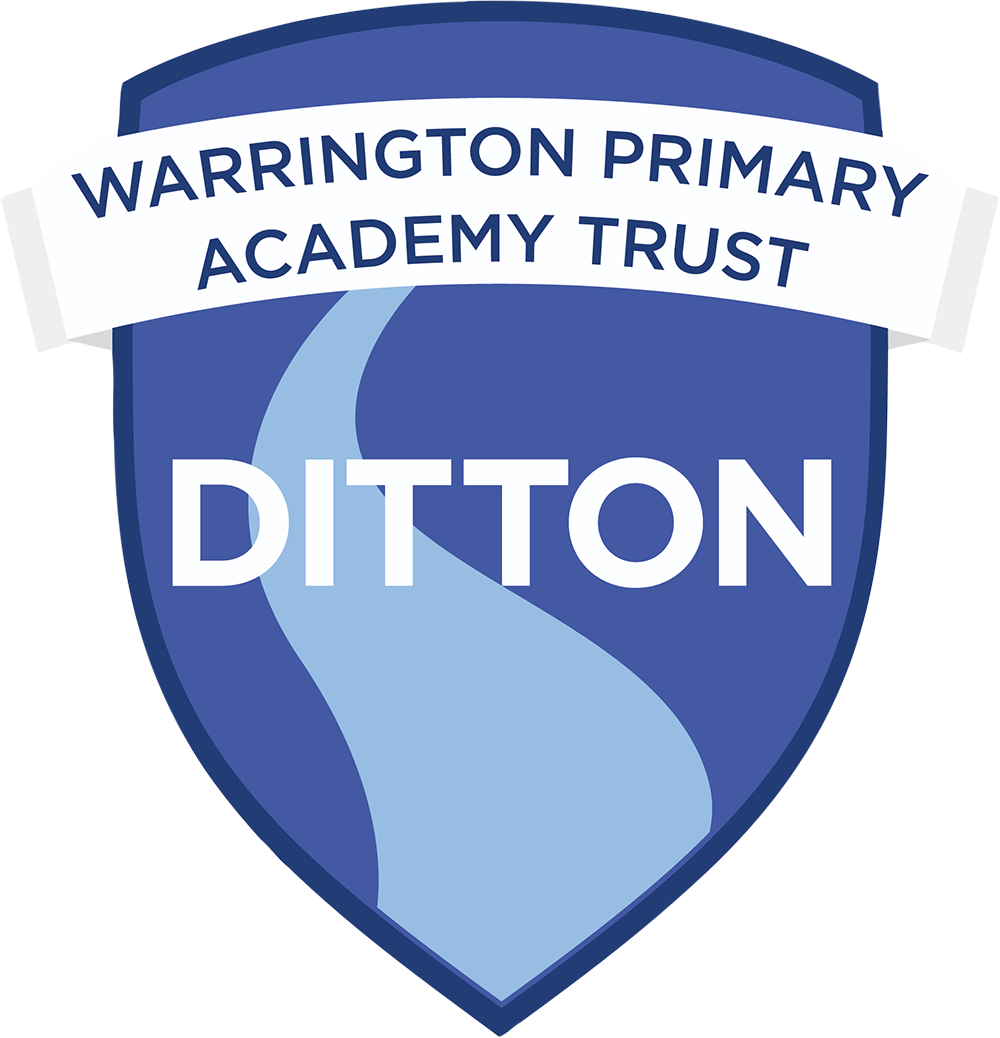Sports Premium
PE and Sport Premium
All young people should have the opportunity to live healthy and active lives. A positive experience of sport and physical activity at a young age can build a lifetime habit of participation, and is central to meeting the government’s ambitions for a world-class education system.
Physical activity has numerous benefits for children and young people’s physical health, as well as their mental wellbeing (increasing self-esteem and emotional wellbeing and lowering anxiety and depression), and children who are physically active are happier, more resilient and more trusting of their peers. Ensuring that pupils have access to sufficient daily activity can also have wider benefits for pupils and schools, improving behaviour as well as enhancing academic achievement.
How we use our PE and Sport Premium
At Ditton Primary we use the funding to make additional and sustainable improvements to the quality of our physical education (PE), physical activity and sport.
We aim to use the premium to:
- develop or add to the PE, physical activity and sport that our school provides
- build capacity and capability within the school to ensure that improvements made now will benefit pupils joining the school in future years
Ditton Primary uses the premium to secure improvements in the following 5 key indicators.
Engagement of all pupils in regular physical activity, for example by:
- providing targeted activities or support to involve and encourage the least active children
- encouraging active play during break times and lunchtimes
- establishing, extending or funding attendance of school sport clubs and activities and holiday clubs, or broadening the variety offered
- adopting an active mile initiative
- raising attainment in primary school swimming to meet requirements of the national curriculum before the end of key stage 2. Every child should leave primary school able to swim
Profile of PE and sport is raised across the school as a tool for whole-school improvement, for example by:
- encouraging pupils to take on leadership or volunteer roles that support sport and physical activity within the school (such as ‘sport leader’ or peer-mentoring schemes)
- embedding physical activity into the school day through active travel to and from school, active break times and active lessons and teaching
Increased confidence, knowledge and skills of all staff in teaching PE and sport, for example by:
- providing staff with professional development, mentoring, training and resources to help them teach PE and sport more effectively to all pupils, and embed physical activity across your school
- hiring qualified sports coaches to work alongside teachers to enhance or extend current opportunities
Broader experience of a range of sports and activities offered to all pupils, for example by:
- introducing new sports and physical activities (such as dance, yoga or fitness sessions) to encourage more pupils to take up sport and physical activities
- partnering with other schools to run sport activities and clubs
- providing more (or broadening the variety of) extra-curricular activities after school in the 3 to 6pm window, delivered by the school or other local sport organisations
Increased participation in competitive sport, for example by:
- increasing pupils’ participation in the School Games
- organising, coordinating or entering more sport competitions or tournaments within the school or across the local area, including those run by sporting organisations.
Active Mile
We aim to use our existing playgrounds and fields, to incorporate an active mile into the school day and develop a lifelong habit of daily physical activity.
Raising Attainment in Swimming
Swimming is a national curriculum requirement and by the end of key stage 2 pupils are expected to be able to swim confidently and know how to be safe in and around water. The 3 national curriculum requirements for swimming and water safety are to:
- swim competently, confidently and proficiently over a distance of at least 25 metres
- perform a safe self-rescue in different water based situations
- use a range of strokes effectively
The premium may also be used to provide additional top-up swimming lessons to pupils who have not been able to meet the 3 national curriculum requirements for swimming and water safety - after the delivery of core swimming and water safety lessons.
Schools are required to publish information on the percentage of their pupils in year 6 who met each of the 3 swimming and water safety national curriculum requirements.
Online Reporting
As a school, we must publish details of how we spend our PE and sport premium funding. Online reporting includes:
- the amount of premium received
- a full breakdown of how it has been spent
- the impact the school has seen on pupils’ PE, physical activity, and sport participation and attainment
- how the improvements will be sustainable in the future
We are also required to publish the percentage of pupils within your year 6 cohort in the 2019 to 2020 academic year who met the national curriculum requirement to:
- swim competently, confidently and proficiently over a distance of at least 25 metres
- use a range of strokes effectively
- perform safe self-rescue in different water-based situations.
You can find a copy of our current PE and Sport Premium below. This is a working document and is updated during the year.
